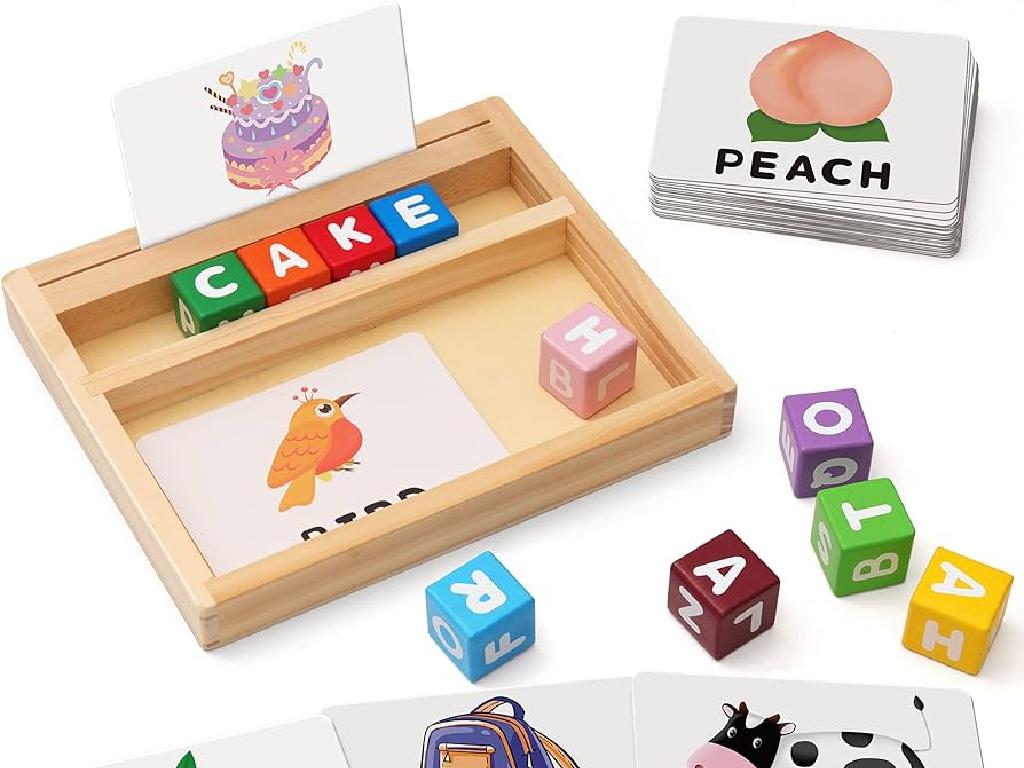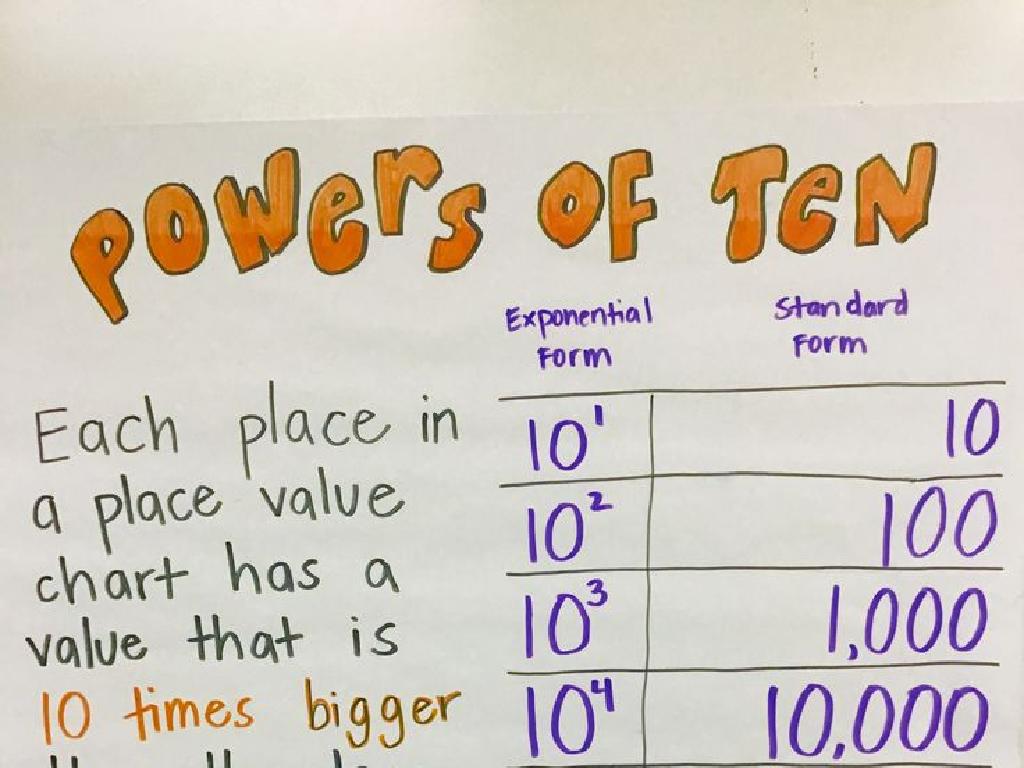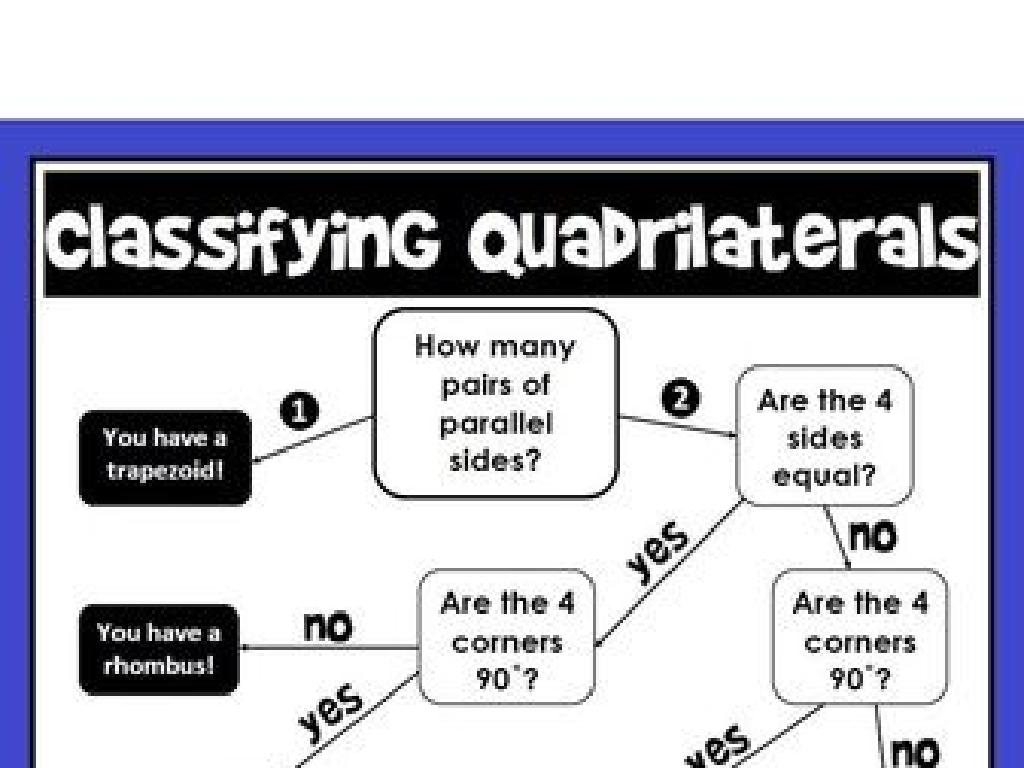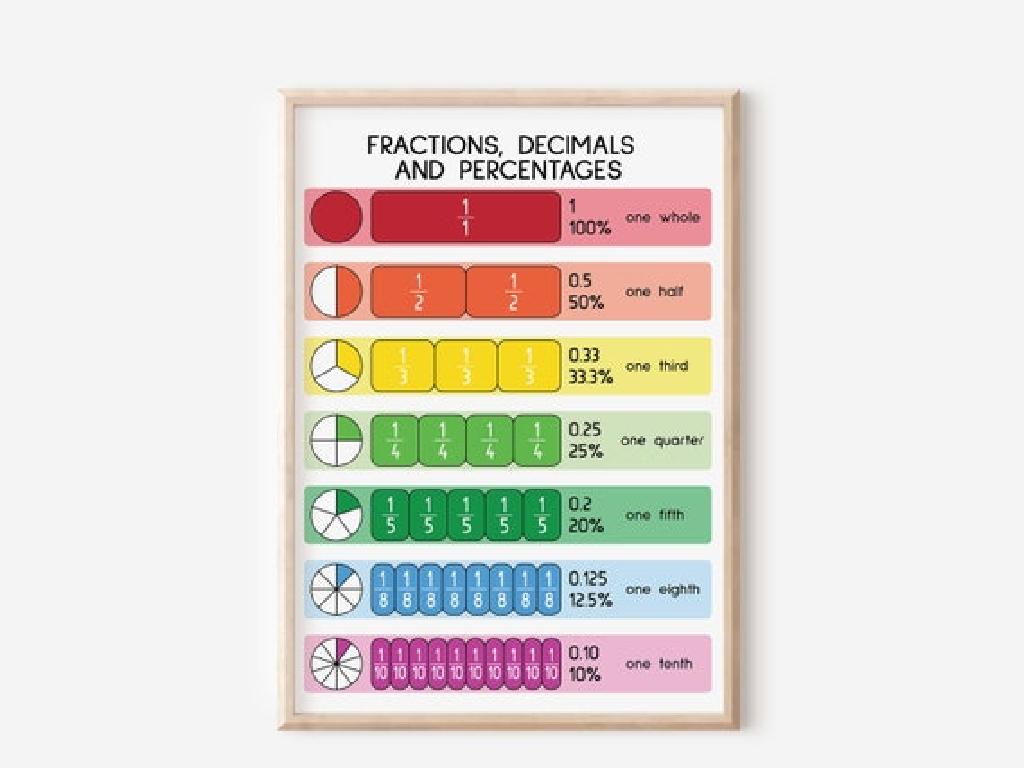Multiply Using The Distributive Property
Subject: Math
Grade: Third grade
Topic: Multiplication Properties
Please LOG IN to download the presentation. Access is available to registered users only.
View More Content
Exploring the Distributive Property
– What is the Distributive Property?
– It lets us multiply a sum by multiplying each addend separately and then add the products.
– Breaking apart numbers
– For example, in 3 x (4 + 2), we can break apart 4 + 2 into separate numbers.
– Multiplying in parts
– We multiply 3 x 4 and 3 x 2 separately.
– Simplifying our answers
– After multiplying, we add the results together to get the final answer.
|
The distributive property is a key concept in multiplication that allows students to break down more complex problems into simpler parts. It’s important to demonstrate this property with clear examples, such as using smaller numbers that students can easily work with. Show how to distribute the multiplication over addition by breaking the numbers apart, multiplying each part, and then combining the results. Use visual aids like number lines or arrays to help students visualize the process. Encourage students to practice with different numbers and to check their work by comparing the results of the distributive method with the standard multiplication method.
Understanding the Distributive Property
– What is Distributive Property?
– It lets you multiply a sum by breaking it into parts
– Multiply each addend separately
– If you have 3*(2+4), first do 3*2, then 3*4
– Add the products together
– After multiplying, add them: 6 (from 3*2) + 12 (from 3*4) = 18
– It’s like sharing with friends
– Imagine dividing treats equally among a group of friends
|
The distributive property is a key concept in multiplication that allows students to break down more complex multiplication problems into simpler parts. By understanding that you can multiply each part of a sum separately and then add the results, students can solve problems more efficiently. Use real-life scenarios like sharing treats among friends to illustrate this property, making it relatable and easier to grasp. Encourage students to practice with different numbers and to visualize the process of distributing and then combining to reinforce the concept.
Multiplying with the Distributive Property
– Break down complex multiplication
– Example: 3 x (4 + 2)
– Distribute 3 to both 4 and 2 inside the parenthesis
– Simplify into (3 x 4) + (3 x 2)
– Equals 12 + 6
– Makes multiplying larger numbers easy
– Practice with different numbers to master it
|
This slide introduces the distributive property as a strategy for simplifying multiplication problems. Start by explaining that the distributive property allows us to break down a multiplication problem into smaller, more manageable parts. Use the example 3 x (4 + 2) to show how you can distribute the 3 to both numbers inside the parenthesis, turning it into two easier multiplication problems: (3 x 4) + (3 x 2). This results in 12 + 6, which then adds up to 18. Emphasize that this method is especially helpful when dealing with larger numbers. Encourage students to practice with different numbers and to use this property to make multiplication easier. Provide additional examples and possibly a hands-on activity where students can use physical objects to group and multiply.
Let’s Practice Together: Distributive Property
– Practice Problem: 5 x (6 + 3)
– Break it into 5 x 6 and 5 x 3
– Multiply 5 by 6, and then 5 by 3 separately
– Solve both multiplications
– 5 x 6 equals 30 and 5 x 3 equals 15
– Add the results together
– 30 + 15 equals 45, which is our final answer
|
This slide is an interactive class activity to practice the distributive property of multiplication. Start by presenting the problem 5 x (6 + 3) and ask the students how it can be solved using the distributive property. Guide them to break the problem into two parts: 5 x 6 and 5 x 3. Have them solve each multiplication separately, then add the two products together to find the final answer. Encourage students to explain their thought process and ensure they understand that the distributive property allows us to multiply a number by a group of numbers added together by distributing the multiplication to each addend. Possible activities include pairing students to solve similar problems, using manipulatives to visualize the distribution, or creating a game where they can practice this skill with different numbers.
Visualizing Distributive Property with Fruits
– Picture 5 bags of fruits
– Each bag has 6 apples, 3 oranges
– Multiply to find total fruits
– 5 bags x (6 apples + 3 oranges) per bag
– Use distributive property
– Break into parts: (5 x 6 apples) + (5 x 3 oranges)
|
This slide is designed to help students visualize the distributive property using a relatable example. Start by asking students to imagine they have 5 bags, and each bag contains 6 apples and 3 oranges. To find the total number of fruits, they will apply the distributive property. Guide them to multiply the number of bags by the sum of apples and oranges in each bag. Then, show them how to distribute the multiplication over addition by breaking it into two parts: first multiplying the number of apples by the number of bags, and then the number of oranges by the number of bags. Add the results to find the total number of fruits. This concrete example helps students understand the abstract concept of the distributive property in multiplication.
Group Activity: Distributive Property with Blocks
– Model 4 x (2 + 5) using blocks
– Distribute blocks into groups
– Arrange blocks in 4 groups, each with 2 and 5 blocks
– Solve the problem together
– Multiply 4 by 2, then 4 by 5, and combine the results
– Discuss your findings
– Share how you used blocks to find the answer
|
This group activity is designed to help students visualize the distributive property of multiplication. Provide each group with a set of blocks and instruct them to represent the problem 4 x (2 + 5). They should create four groups, each containing 2 blocks and 5 blocks. Students will then multiply the number of blocks in one group by 4 to find the total. This hands-on approach makes abstract concepts more concrete. Encourage discussion within groups to facilitate peer learning. After the activity, bring the class together to discuss different methods used and reinforce the concept of the distributive property.
Review: The Distributive Property
– What is Distributive Property?
– It lets us multiply a sum by multiplying each addend separately and then add the products.
– Breaking down complex multiplication
– Instead of multiplying 7 x 16, break 16 into 10 and 6, then multiply each by 7.
– Making large numbers manageable
– Smaller parts like 7 x 10 and 7 x 6 are easier to calculate.
– Practice with examples
– Let’s try 8 x 14 by using the Distributive Property together!
|
This slide is a review of the Distributive Property, which is a key concept in understanding multiplication. It’s important to emphasize to the students that this property allows them to simplify multiplication problems by breaking them into smaller, more manageable parts. Use examples to show how to apply the Distributive Property to larger numbers, making them easier to multiply by separating them into tens and ones. Encourage the students to practice with different numbers and to share their methods with the class. This will help reinforce their understanding and give them confidence in using this property.
Class Activity: Exploring Distributive Property
– Create a distributive property poster
– Solve the problem on your poster
– Present your poster to the class
– Explain the steps you took
– Share how you split the bigger number into smaller parts
|
This activity is designed to help students understand and apply the distributive property of multiplication. Students will create a poster that visually represents a multiplication problem broken down using the distributive property. For example, if the problem is 6 x 7, they can break it down into (6 x 5) + (6 x 2). They should solve the problem on their poster and then present their solution to the class, explaining the steps they took to distribute the numbers. This will reinforce their understanding of the concept and allow them to practice their presentation skills. Possible variations for different students could include using different numbers or creating a poster that shows multiple ways to break down the same multiplication problem using the distributive property.





